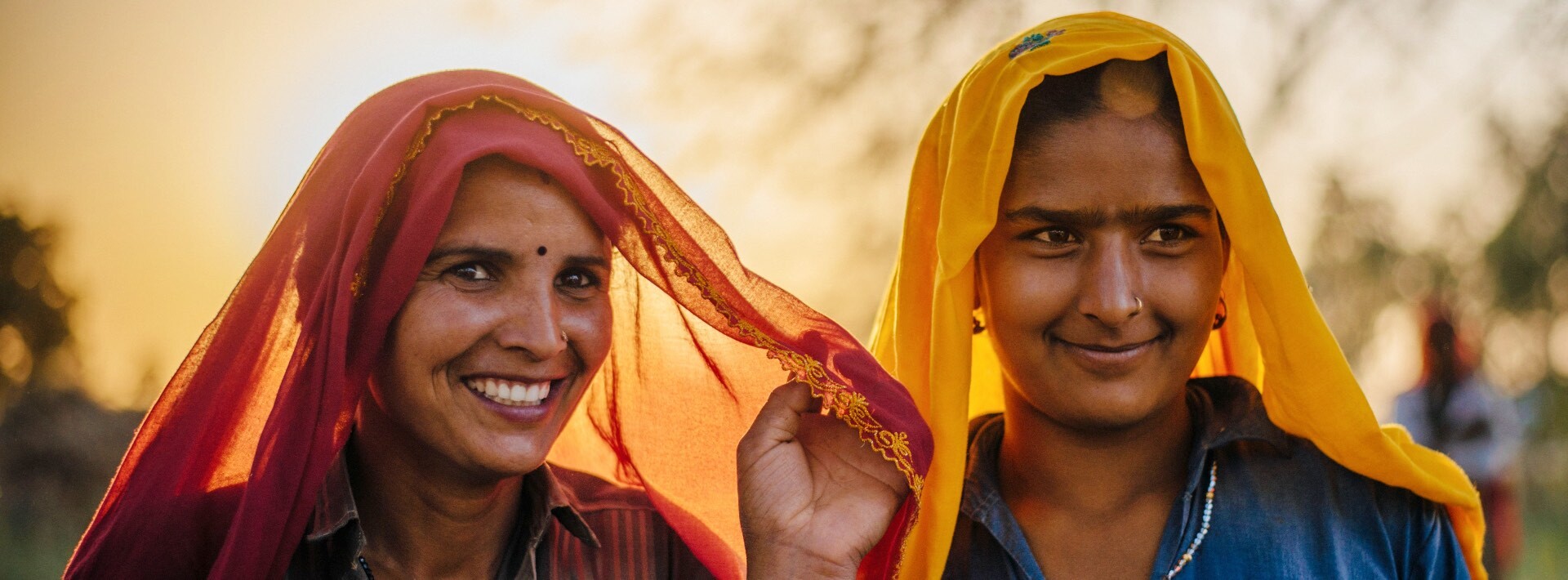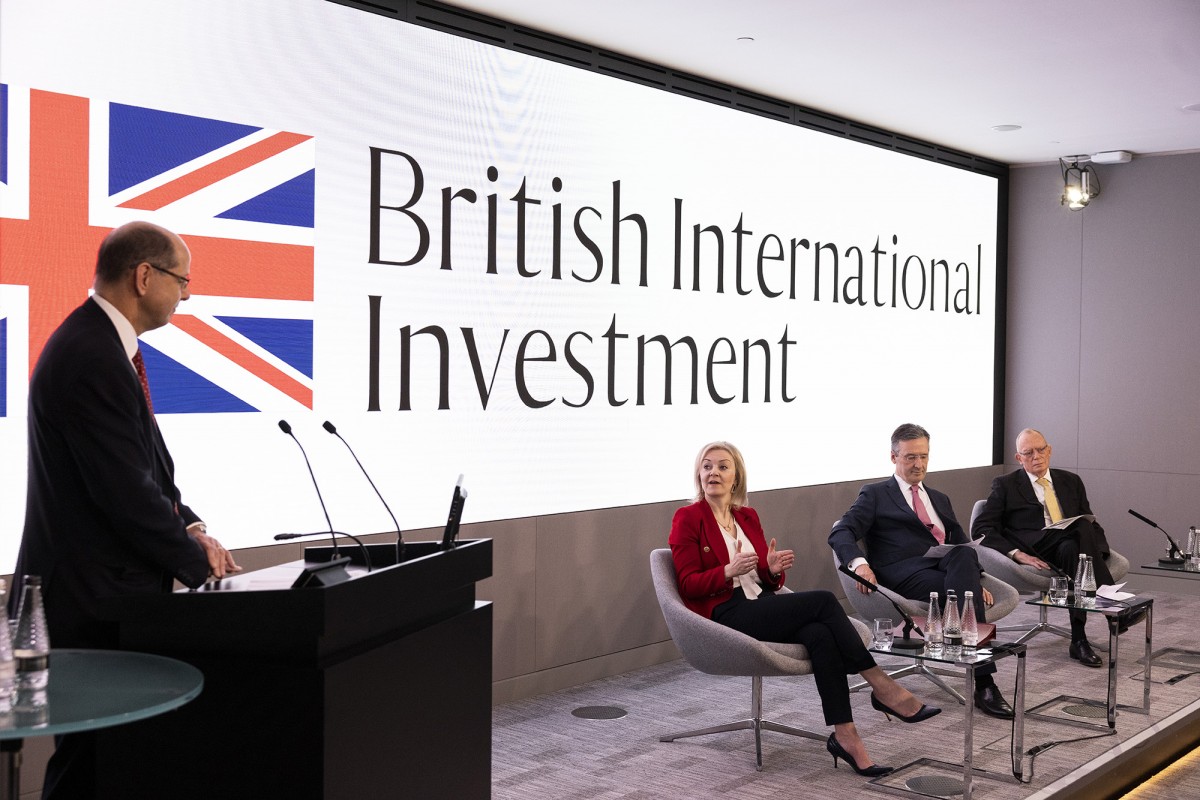Greetings, ImpactAlpha readers!
#Featured: ImpactAlpha Original
Meet 58 venture capital funds that are betting on women around the world. The rising social and economic power of women is a global mega-trend that venture capital is beginning to notice. Suzanne Biegel, a longtime gender lens investor and advisor, and the team at the Wharton Social Impact Initiative have assembled a comprehensive list of private equity, venture capital and debt funds explicitly investing with a gender lens. Project Sage rounds up and analyzes nearly five-dozen venture funds strategically investing in women-led companies or in companies and other investments that improve the lives of women and girls. To date, the funds have raised $1.3 billion and backed more than 650 companies.
Still, a billion dollars or so from private funds, and another $560 million invested with a gender lens in public equities and debt, pales against the gender-equity opportunity. The McKinsey Global Institute’s estimate of the potential addition to global GDP by 2025 if women participated equally in the global economy: $28 trillion.
Read, “Meet 58 venture capital funds that are betting on women around the world,” by Dennis Price on ImpactAlpha:
Meet 58 venture capital funds that are betting on women around the world
Why bet on women? ImpactAlpha’s “Women Rising in India” package provides a guided tour:
Women Rising in India: An ImpactAlpha Special Report
#Dealflow: Follow the Money
Standard Life Investments launches equity fund aligned with the global goals. The Edinburgh, Scotland-based investment company’s Global Equity Impact Fund will manage a portfolio of 35 to 60 stocks aligned with the Sustainable Development Goals. The 2030 goals offer “a common language” to direct impact investing, the company says (see, “SDGs take hold as a universal impact investment framework”). Materials company Umicore is an example of the types of stocks Standard Live’s impact fund may include. The Belgian company is focused on electric vehicle batteries, new automotive fuels, and new materials and recycling options for photovoltaics; it also has clear goals and measurement metrics for its environmental impact including reducing CO2 emissions and increasing product sustainability. Standard Life is part of Aberdeen Standard, which has more than $870 billion in managed assets. The size of the new fund was not disclosed.
Solugen raises $4.4 million for green cleaning products. Solugen launched last year to develop a plant-based alternative to hydrogen peroxide, a petroleum-based cleaning agent used in everything from toothpaste to household cleaners. “Hydrogen peroxide is recognized worldwide as a safe and effective cleaning ingredient, but is incredibly dangerous and energy-intensive to create and transport,” says Solugen’s Gaurab Chakrabarti. Solugen’s “bioperoxide” formula is based on plant-based starch and specialized enzymes. The startup, which has been selling its product to other commercial ventures, will use the seed funding to launch Ode to Clean as a consumer brand. Its first product will be a pack of household cleaning wipes. Seed investors include football giant Joe Montana’s venture capital firm Liquid 2 Ventures, Y Combinator, Refactor Capital, MIT, and Social Capital Partnerships.
Indian Angel Network backs TagBox cold-chain technology. Breaks in the “cold chain” of storage and transport account for 20% of global food wasteand the loss of vaccine potency worldwide. Bangalore-based TagBox makes internet-connected monitoring and temperature-automation devices for cold transport and storage. It raised an undisclosed seed round from the Indian Angel Network, which invests in healthcare, medtech, fintech, software, hardware, data, and artificial intelligence startups. The Indian Angel Network is raising a $50 million fund to invest and co-invest in 160 Indian startups in the next four years.
See all of ImpactAlpha’s recent #dealflow. Send deal tips and news to [email protected].
#Signals: Ahead of the Curve
25 universal assets owners that could put a dent in the SDG financing gap. Canada had the most leaders on a list of the world’s top 25 responsible asset allocators, with six asset managers representing nearly $1 trillion under management. Think tank New America published the list as part of its Bretton Woods II initiative, which aims to “unlock at least $250 billion in new resources to address challenges such as climate change, disease, bad governance, and weak infrastructure” in line with the Sustainable Development Goals. The “Leaders List” includes 25 sovereign wealth funds and government pension funds from 15 countries managing $4.9 trillion in assets (that’s 33 times the total of all foreign aid last year). Just 1% of that group’s total capital would nearly equal all loans, grants, investments, and guarantees provided to developing countries by the World Bank in 2016, the report says. The list includes well-known investment leaders such as Ontario Teachers’ Pension Plan, CalPERS and New York State Common Retirement Fund, and some less well-known (to us, at least) such as Khazanah Nasional Berhad in Malaysia, PREVI in Brazil, National Pension Service in South Korea and Public Investment Corp. in South Africa. The key question for large asset holders, says New America, is not whether they can afford to make investments in social impact, but whether they can afford to miss such opportunities (see, “Crunch time for owners of the universe”). Dalberg, the Global Development Incubator and the Fletcher School at Tufts supported the project.
#2030: Long-Termism
China is officially a leader in the long-term fight against climate change. The reality may not match the rhetoric, but the rhetoric is a relief. “[China has] taken a driving seat in international cooperation to respond to climate change,” Chinese President Xi Jinping said in the Great Hall of the People at the start of this week’s Communist Party congress. “Only by observing the laws of nature can mankind avoid costly blunders in its exploitation. Any harm we inflict on nature will eventually return to haunt us. This is a reality we have to face.”
From 2010 to 2015, China’s per capita CO2 emissions grew from 6.7 tons to 7.54 tons, making the country the world’s biggest emitter of climate-warming greenhouse gases. In 2015, China was cajoled into committing to peak CO2 emissions by 2030 at the latest. It pledged to lower the carbon intensity of its GDP by more than 60% below 2005 levels by 2030. There is evidence that China’s CO2 emissions may have peaked more than a decade ahead of its Paris Agreement commitment. All that could make China a model for other countries when setting their own climate-change agendas.
Now the reality. The cap-and-trade market that China promised to set in motion the first half of 2017 has stalled. Seven pilot cities traded permits for 120 million tons of carbon dioxide worth 3.2 billion yuan ($492 million) by last September, but the market is not likely to become operational before the first quarter of next year. Market designers are struggling to build a reliable and fair system that covers all firms; there is incomplete data in sectors like paper-making and disagreement about how carbon emission quotas should be allocated. China’s industrial sector, dominated by state conglomerates, can often outsmart regulators and laws.
And China’s nationally determined contribution, made as part of the Paris climate agreement, is not yet ambitious enough to keep global warming to below 2°C, let alone 1.5°C. That would require emissions to decline as quicklyas they increased in the 2000s. “China is absolutely investing…large sums of money in renewables like solar and wind,” Christopher Balding, a professor of economics at Peking University, told CNN. “However, they are also investing enormous sums in building even more coal-fired plants not just in China but around the world. The rhetoric does not match the reality.”
Onward! Please send news and comments to [email protected].











